Summary
Summers are hot and dry, with average temperatures reaching the mid-80s to low 90s Fahrenheit. Winters are cold and snowy, with average temperatures ranging from the low 20s to mid-30s Fahrenheit. Spring and fall are mild and pleasant, making them ideal for outdoor activities.
The hydrology in Provo is primarily influenced by the Provo River, which flows through the city and provides a source of irrigation and recreational opportunities. The river is known for its excellent trout fishing, attracting anglers from around the region. Provo is also surrounded by the majestic Wasatch Mountains, offering numerous hiking, biking, and camping opportunities. In the winter, these mountains become a haven for winter sports enthusiasts, with nearby ski resorts providing excellent downhill skiing and snowboarding opportunities.
In addition to the Provo River and the Wasatch Mountains, the city boasts several beautiful parks, including the scenic Provo Canyon, Rock Canyon, and the Provo River Parkway Trail, providing further outdoor recreation options such as picnicking, rock climbing, and bird-watching. Provo's diverse climate and stunning natural surroundings make it a paradise for those seeking outdoor adventures.
Weather Forecast
Provo receives approximately 477mm of rain per year, with humidity levels near 63% and air temperatures averaging around 11°C. Provo has a plant hardyness factor of 7, meaning plants and agriculture in this region tend to thrive during the non-winter months.
Area Campgrounds
| Location | Reservations | Toilets |
|---|---|---|
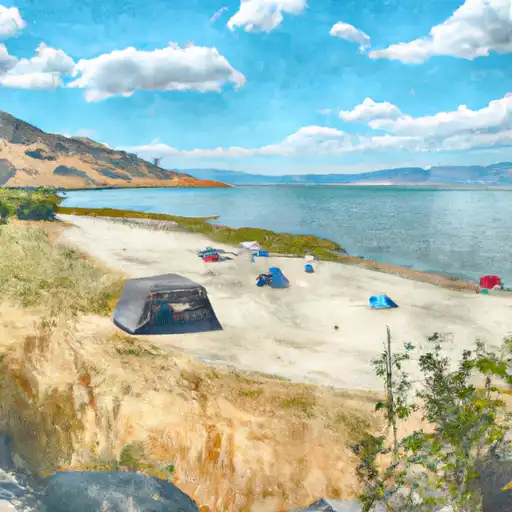 Utah Lake State Park
Utah Lake State Park
|
||
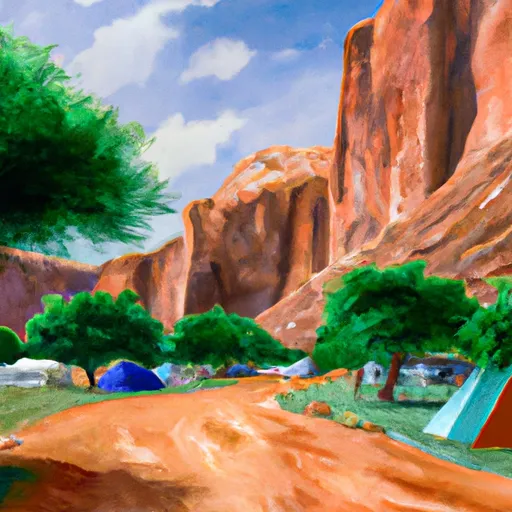 Rock Canyon Campground
Rock Canyon Campground
|
||
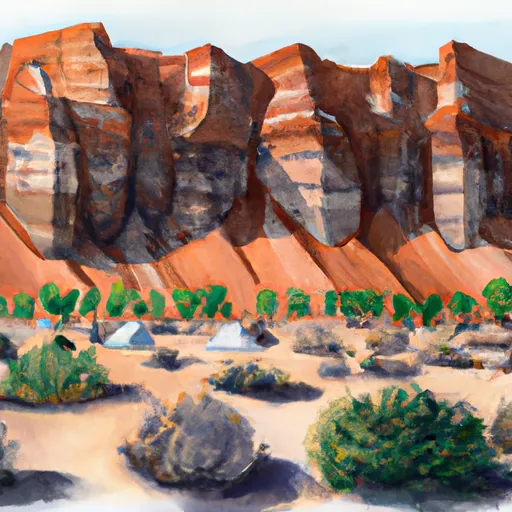 Rock Canyon
Rock Canyon
|
||
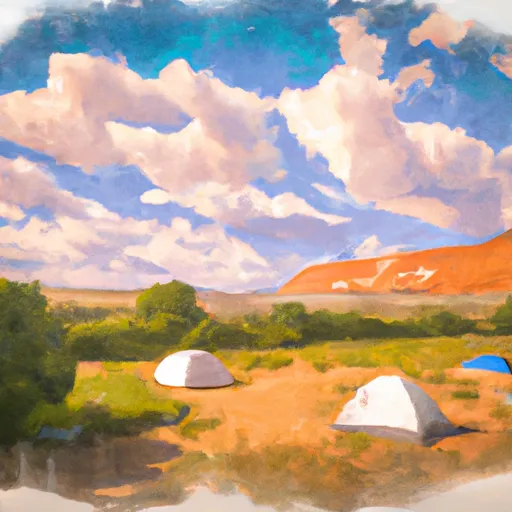 Hope Campground
Hope Campground
|
||
 Hope
Hope
|
||
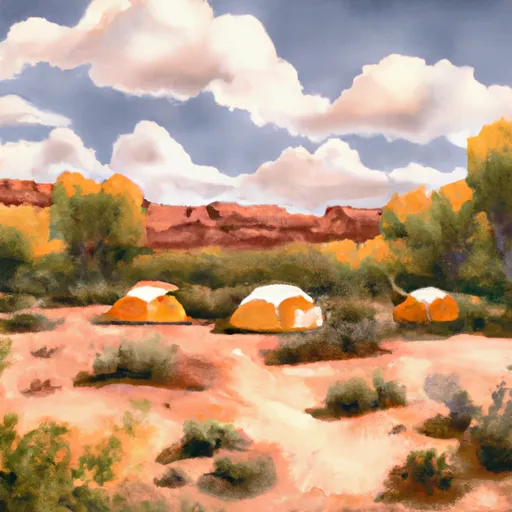 Nunns Park
Nunns Park
|

 Ream Wilderness Park
Ream Wilderness Park
 Footprinters Park
Footprinters Park
 Provo St Park
Provo St Park
 Nielson's Grove Park
Nielson's Grove Park
 Utah Lake State Park
Utah Lake State Park